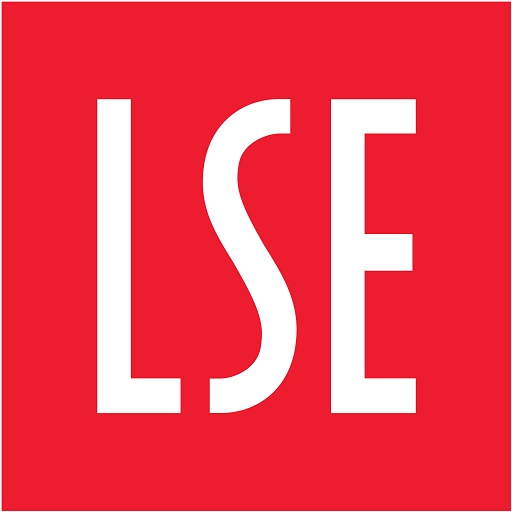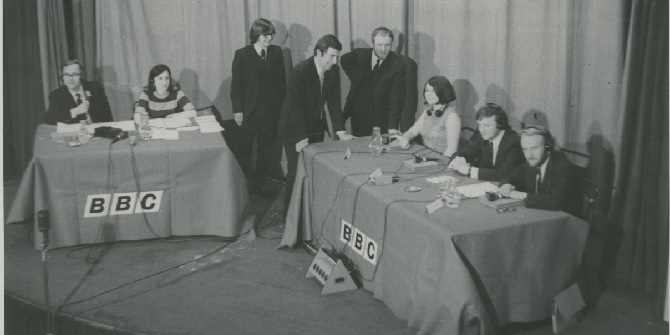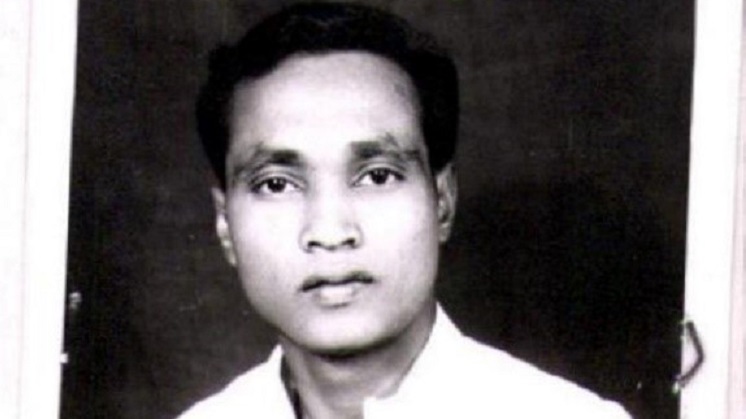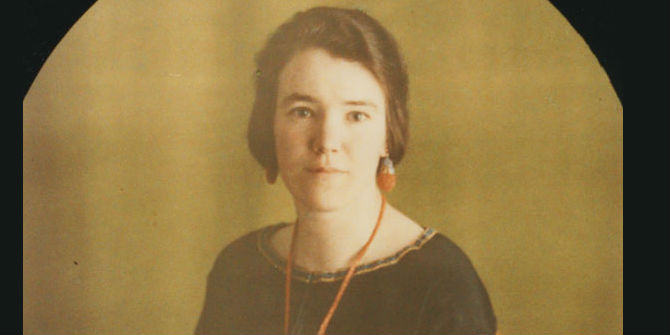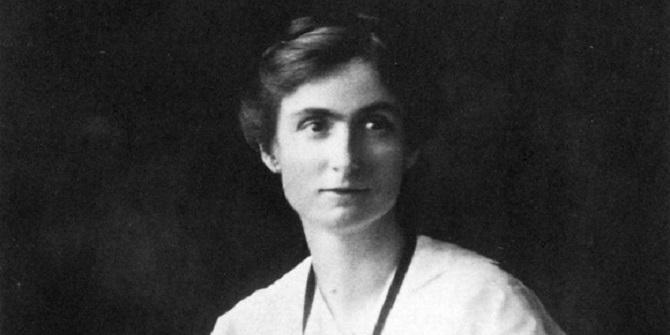The signing of the Armistice ended the First World War. On the 100th anniversary in 2018, LSE Library partnered with Google to release two online exhibitions that explore LSE’s collections and connections with the First World War: LSE’s War: 1914 – 1918 and Women’s International League for Peace and Freedom.
LSE’s War: 1914 – 1918
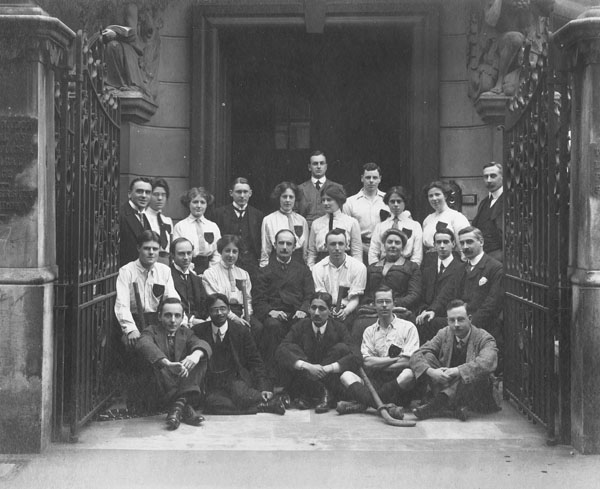
When war broke out, LSE was almost twenty years old. In 1913/14, there were 1,681 students enrolled at the School, of whom 142 came from overseas and 583 were women. From the beginning, its student population was unusually diverse, and a high proportion were postgraduates – though many others (often older and already employed) pursued non-degree, vocational courses. Much instruction took place between 6 and 9pm, and social life centred on the refectory. The School had a mixed hockey team, and amateur dramatics, terminal balls, and Epping Forest picnics punctuated the academic cycle.
Professor David Stevenson produced the first exhibition which covers life at LSE before 1914, life during the War, LSE people such as Clement Attlee and Hugh Dalton, and finally remembrance:
LSE’s archives provide a fascinating insight into how the School community adapted to the upheaval of the First World War – and also how in some ways its work continued much as normal. Through the story we can follow the fortunes of a galaxy of leading figures in the twentieth-century British Left, often at formative moments in their lives.
Women’s International League for Peace and Freedom

Whilst Europe was engaged in the First World War, over 1,000 women from across Europe and America made the dangerous trip to The Hague with the aim of stopping the war. Once they arrived at the Women’s Peace Congress, in The Hague, they founded the Women’s International League for Peace and Freedom (or WILPF) “To study, make known and eliminate the causes of war”. The online exhibition looks at photographs of the early days of WILPF, its first manifesto, and an arm band from the 1926 peace march.
Library curator Daniel Payne produced the second exhibition, which looks at LSE Library’s collection of archives relating to the British section of WILPF:
It’s been fascinating to delve into the archives of the British section of WILPF. There are some wonderful photographs, along with various WILPF documents such as letters, correspondence, minutes of executive committee meetings, and annual reports. The archives are open for anyone that is interested in looking at them, and WILPF continues today ‘offering a feminist perspective to building peace’.
To see the Google project in full and other cultural institutions collections related to armistice, head to “Armistice Day: Commemorating the end of the First World War” g.co/armisticeday
Posts about LSE Library explore the history of the Library, our archives and special collections.
Read more
To read more about LSE’s collections and connections the First World War, have a look at the following blogs:
- The making of a banner to mark the 23 women who taught at LSE in 1918
- The archives of the Women’s International League for Peace and Freedom (WILPF)
- Army class: In 1907, LSE and the War Office began an experiment in military education which was to last until 1932
- A look at some of the LSE Library’s collections on the First World War
- The story of the LSE First World War memorial
Please read our comments policy before commenting
